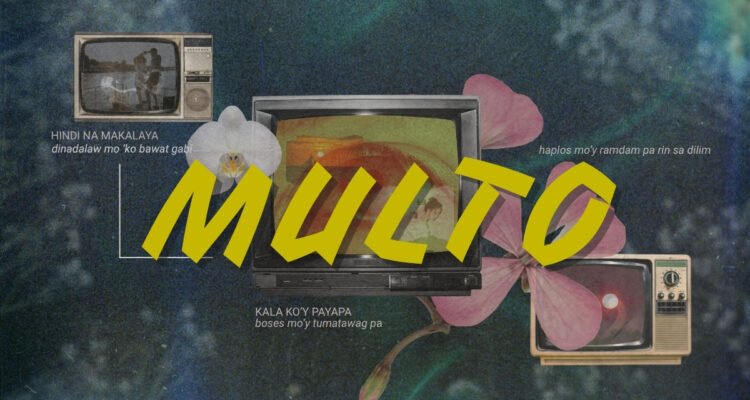There are indeed things that the naked eye couldn’t see, but can be heard. There are just some things you can’t touch, but can be felt. Most of the time, these haunt us. They are the stubborn remnants of the memory that just won’t fade, be forgotten, or erased, and still linger. Some may call ‘it’ multo or a ghost.
The Philippines is naturally rich with superstitions and folklore–the infamous “White Lady,” the towering tikbalang, the mischievous nuno sa punso, and the classic, multo. Traditionally, a multo is believed to be a spirit of the deceased that can’t yet pass through. They are still here on Earth for an unknown reason–maybe to haunt, or maybe accepting that their time on Earth is over might be too hard for them.
These beliefs are deeply ingrained in every Filipino’s upbringing that sometimes they may serve as cautionary tales or a go-to explanation for anything unexplainable. That much a textbook definition or a generalization of what a multo is supposed to be. But Cup of Joe’s “Multo” might rewrite the context on that pre-existing rulebook.
How a single track echoes like a familiar melody
The moment Cup of Joe released “Multo,” it ignited a trend across social media platforms, especially on TikTok. My feed, and likely yours, became an endless POV (point of view) entries under its song. Every other video is someone’s raw, unfiltered revelations on how they perceived their “multos.”
But no, if I made you click the article because you’re into spine-chilling paranormal encounters, then you’re in the wrong place. Or perhaps, neither way, you’re exactly where you need to be.
Cup of Joe has this knack for spinning tales that hit you right where it hurts. Multo became an anthem of retrospection for this generation. The song has tapped something inside us, making us dig a little deeper into our miseries, our emotional baggage.
Unpacking the “Multos” within
We all carry fears, yet I still believe a lot of us are scared of the same things. Maybe it’s when the moment you stare at your reflection or the vulnerability of letting others see the real you. The fear of being perceived in ways we can’t control, or the quiet dread of people only liking the parts that are convenient to them, leaving the unspoken hidden. But in the end, this “something”, always haunts us.
We are all scared that our ghosts will find us.
Multo can be taken literally, it is grieving someone or something that has been lost. Or perhaps the manifestation of a lost opportunity because we were not at our absolute peak. The chances that have been given multiple times, which, despite our best intentions, we tragically ended up fumbling.
These “multos” sometimes extend to dreams we used to have, or we still cling to, but can no longer do. The course that we wanted to take in college, but as fate or circumstance would have it, God seemed to forbid it, simply because we didn’t have the necessary resources to pursue it.
Even the ghost does not conform to its definition. Sometimes, the ghost isn’t a person, but the vision of who we could have been, if only life had dealt a different hand.
For some, their multos are their regrets. These lingering regrets of choices made—or not made—and the heavy burden of unfulfilled potential can quietly chip away at our peace. These are the personal specters that accompany us at night, the dominant thought that whispers even though time has passed.
A prisoner to my ghost
Sometimes, the most terrifying multo a person could ever have is the traumatic memories that kept haunting them, no matter how they wanted to forget everything.
These are the painful episodes that replay no matter how many times we click the stop button. The searing moments of betrayal or loss that settle in the quiet corners of our being, refusing to fully dissipate.
They manifest as sudden anxieties or unexpected triggers. Sometimes, the memories feel too surreal that even the wounds feel fresh. It’s in these moments that we truly feel Cup of Joe’s “Hindi na makalaya, dinadalaw mo ‘ko bawat gabi.”
Grieving is courage
When your multo has found your door once again, the most courageous thing you can do is let it in.
It’s much like the process of grief: you have to truly allow yourself to feel it. Our ghosts are intrinsically linked to grief, a deeply personal and often non-linear journey of acceptance.
We all grieve differently, and there’s no single timeline for healing. Some of us might carry our burdens for years, letting that “multo” visit us night after night until, one day, we finally feel ready to face and accept it.
When that moment comes, you can begin to make peace with what haunts you, allowing it to pass to wherever it truly deserves.



